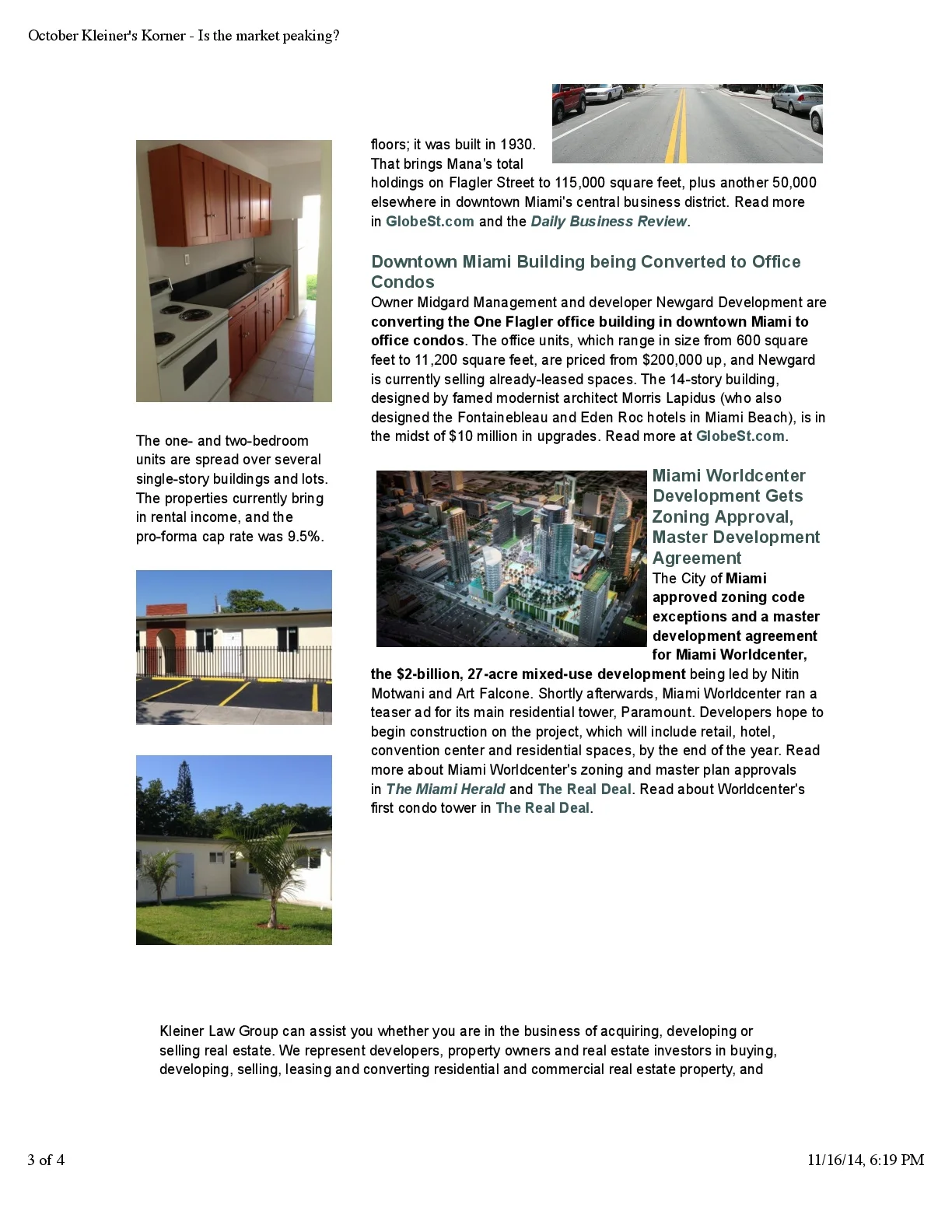The Most Valuable Asset: Expanding the CRE Talent Pool
/A commercial real estate blog post for NAIOP
POSTED ON SEPTEMBER 29, 2021 BY ROCHELLE BRODER-SINGER
To address its ongoing talent shortage, the commercial real estate industry must look outside of traditional recruiting avenues and consider people with nontraditional career paths.
Ten years ago, great employees seemed much easier to find – an organization might find three excellent candidates for any one open position. Today, it can feel like there are no great candidates available.
“I know we’re all dealing with labor shortages,” said Celeste Tanner, chief development officer at Confluent Development, during CRE.Converge 2021 in Miami Beach, Florida. Given how busy most of the industry is, she added, it is tempting to look for talent through what she called “the path of least resistance” – often a local university’s real estate program. While university programs remain an important source of commercial real estate talent, companies need to develop many other pipelines.
Read More



















